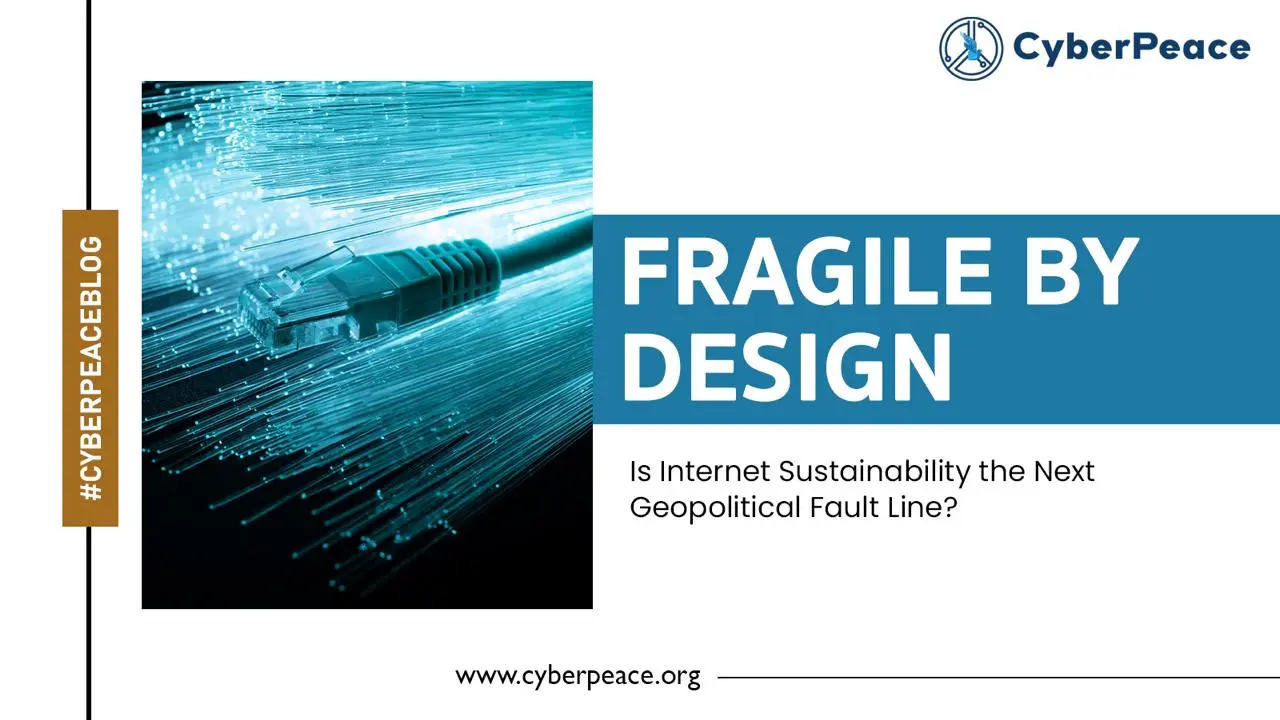Introduction
The most recent cable outages in the Red Sea, which caused traffic to slow down throughout the Middle East, South Asia, and even India, Pakistan and several parts of the UAE, like Etilasat and Du networks, also experienced comparable internet outages, serve as a reminder that the physical backbone of the internet is both routine and extremely important. Cloud platforms reroute traffic, e-commerce stalls, financial transactions stutter, and governments face the fragility of something they long believed to be seamless when systems like SMW4 and IMEWE malfunction close to Jeddah. Concerns over the susceptibility of undersea information highways have been raised by the incident. Given the ongoing conflict in the Red Sea region, where Yemen’s Houthi rebels have been waging a campaign against commercial shipping in retaliation for the Israel-Hamas war in Gaza. The effects are seen immediately. The argument over whether global connection is genuinely robust or just operating on borrowed time was reignited by these recent failures, which compelled key providers to reroute flows.
A geopolitical signal is what looks like a “technical glitch.” Accidents in contested waters are rarely simply accidents, and the inability to quickly assign blame highlights how brittle this ostensibly flawless digital world is.
The Paradox of Essential yet Exposed Infrastructure
This is not an isolated accident. Undersea cables, which carry more than 97% of all internet traffic worldwide, connect continents at the speed of light, and support the cloud infrastructures that contemporary societies rely on, are the brains of the digital economy., as cautioned by NATO’s Cooperative Cyber Defence Centre of Excellence. In a sense, they are our unseen electrical grid; without them, connectivity breaks down. However, they continue to be incredibly fragile in spite of their significance. Anchors and fishing gear frequently damage cables, which are no thicker than a garden hose, and they break more than a hundred times annually on average. Most faults can be swiftly fixed or relocated, but when several cuts happen in strategic areas, like the 2022 Tonga eruption or the current Red Sea crisis, nations and economies are exposed to being isolated for days.
The geopolitical risks are far more urgent. Subsea cables traverse disputed waters, land in hostile regimes, and cross oceans without regard for political boundaries. This makes them appealing for espionage, where state actors can tap or alter flows covertly, as well as sabotage, when service is interrupted to prevent access. Deliberate cable strikes have been likened by NATO specialists to the destruction of bridges or highways: if you choke the arteries, you choke the economy. Ironically, the most susceptible locations are not far below the surface but rather where cables emerge. These landing sites, which handle billions of dollars’ worth of trade, can have less security than a conventional bank office.
The New Theatre of Geopolitics
Legal frameworks exist, but they are patchwork. Intentional damage is illegal under the UN Convention on the Law of the Sea and previous agreements, but attribution is still infamously challenging. Covert sabotage and intelligence operations are examples of legal grey areas in hybrid warfare scenarios. Even during times of peace, national governments that rely on their continuous operation but find it difficult to extend sovereignty into international waters, private telecom consortia, and content giants like Google and Amazon that now finance their own cables share the burden of protection.
Cables convey influence in addition to data. Strategic leverage belongs to whoever can secure them, tap them or cut them during a fight. Even though landing stations are the entry points for billions of dollars’ worth of international trade, they frequently offer less security than a commercial bank branch.
India at the Crossroads of Digital Geopolitics
India’s reliance on underwater cables presents both advantages and disadvantages. India presents a classic single-point-of-failure danger, with more than 95% of its international data traffic being routed through a 6-km coastal stretch close to Versova, Mumbai. Red Sea disruptions have previously demonstrated how swiftly chokepoints located far from India’s coast may impede its digital arteries, placing a burden on government functions, defence communications, and financial flows. However, this same vulnerability also makes India a crucial player in the global discussion around digital sovereignty. It is not only an infrastructure exercise; it is also a strategic and constitutional necessity to be able to diversify landing places, expedite clearances, and develop indigenous repair capability.
India’s geographic location also presents opportunities. India’s location along East-West cable lines makes it an ideal location for robust connectivity as the Indo-Pacific region becomes the defining region of geopolitics in the twenty-first century. India may change from being a passive recipient of connectivity to a shaper of its governance by investing in distributed cable architecture and strengthening partnerships through initiatives like Quad and IPEF. Its aspirations for global influence must be balanced with its home regulatory lethargy. By doing this, India can secure not only bandwidth but also sovereignty itself by converting subsea cables from hidden liabilities into tools of economic might and geopolitical leverage.
CyberPeace Insights
If cables are considered essential infrastructure, then their safety demands the same level of attention that we give to ports, airports, and electrical grids. Stronger landing station defences, redundancy in route, and sincere public-private collaborations are now a necessity rather than an option.
The Red Sea incident is a call to action rather than a singular disruption. The robustness of underwater cables will determine whether the internet is a sustainable resource or a brittle luxury susceptible to the next outage as reliance on the cloud grows and 5G spreads.
References
















.webp)
